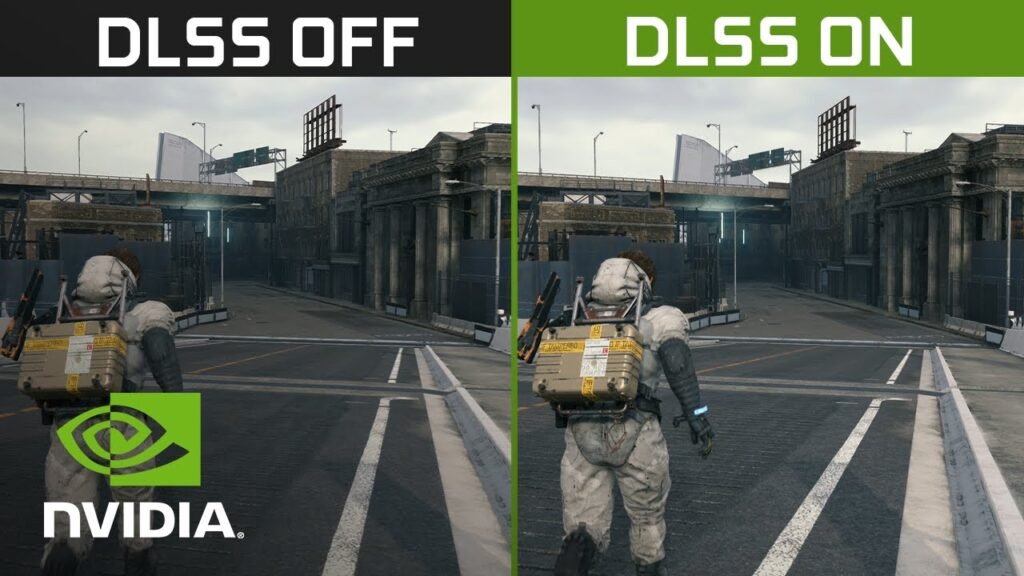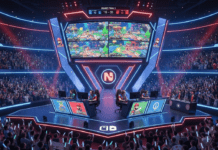The chief architect of AMD's Gaming division, Frank Azor, promised on his Twitter account that AMD will provide details on Ray Tracing and super sampling via Artificial Intelligence: the equivalent of DLSS with Nvidia
Experts await more details
The presentation of the Radeon Rx 6000 series cards raised doubts about the effectiveness of these latest generation AMD cards on Ray Tracing and super sampling . Indeed, AMD CEO Lisa Su did not dwell on these points during her presentation which was quite brief. Comparison data between AMD and Nvidia cards was provided, but with Ray Tracing disabled. That is to say with a classic output format.
The Radeon RX 6800 and RX 6800 XT will be released on November 18. We are therefore awaiting further information from AMD regarding Ray Tracing and super sampling. Indeed, if AMD announced cards with higher performance than the latest generation Nvidia cards with a more attractive price, supporting Ray Tracing and super sampling with performance equivalent to that provided by AMD could make these AMD cards unbeatable. . It is therefore strongly recommended to provide benchmarking data for these cards with Ray Tracing and Super Sampling enabled.

What is Ray Tracing and AI-powered DLSS?
Ray tracing is the dynamic management of shadows created by different light sources. It allows you to produce realistic 3D scenes based on the light sources present in the field of vision. Unlike traditional shadow management, ray tracing starts from each point of the scene to display the appropriate shadow depending on the locations of the light sources. Shadow management only concerns the parts visible to the player, which avoids using the GPU and keeps the computing power for operations that actually require it. As for DLSS or super sampling, it consists of optimizing the sampling frequency as much as possible to provide optimal image rendering and more efficient Ray Tracing management.
What other technologies are supported on AMD cards?
AMD cards support the DirectX 12 Ultimate . The latter provides a single interface for managing Ray Tracing with different manufacturers such as Nvidia, AMD or Intel. It improves VRS (Variable Rate Shading), Sampler Feedback and Mesh Shaders. DirectX 12 Ultimate also allows easy management of RTX which can be activated on the most recent games. Indeed, with the DirectX Ray Tracing 1.1 (DXR 1.1) version, video game developers can more easily implement Ray Tracing. New AMD cards based on the RDNA2 architecture support this functionality and provide a realistic level of graphics in terms of lighting, reflections and shadow effect.

AMD cards also use AMD FidelityFX . It is a toolbox that provides exceptional post-processing visual quality, making gaming experiences intense and breathtaking. As for VRS , it allows for optimized shading management by only providing high shading details at the center of interest. This makes it possible to avoid abusing GPU calculation times by making it less energy consuming.
The public is therefore impatiently awaiting the details which will be provided by AMD within a few days regarding Ray Tracing and super sampling. benchmarking data with these features enabled as much as possible.




